The price of the Christmas dinner this year has been revealed, with British shoppers facing a mixed bag of price changes for their festive favourites.
For most most essentials, prices have gone up. Turkey has jumped from £4.21 per kilo to £4.29, an increase of four per cent, while mince pies have increased five per cent from £2.75 to £2.88 for a pack of six.
The biggest increase is the price of potatoes and other root vegetables, the data from market research firm Associa has shown.
A staple at most Christmas dinners, potatoes have soared by 23 per cent from £1.52 to £1.86 for a 2.5kg bag. It’s a similar case for carrots – up 13 per cent – and parsnips – up 18 per cent.
Farmers have said wet weather has played a major part in the price of root vegetables going up, with conditions leading to a lower crop yield
Tracy Bush, co-director of Provenance Potatoes in Kent, told the BBC: “We’ve had a particularly wet spring so planting was difficult for any root crops, and then the autumn when crops are lifted and harvested, that was also very difficult.”
Overall, the average cost of Christmas dinner for four will be around 96p higher than last year, with just the essentials coming to £18.60 – an increase of five per cent.
This is a fairly small rise compared to recent times, however.
In December 2019, the average cost of Christmas dinner essentials was £15.46 – around 20 per cent cheaper than this year. Turkey is up 22 per cent by the kilo, parsnips up 28 per cent, and mince pies up an alarming 59 per cent.
However, there are some silver linings. Since 2019, potatoes have actually only risen by three per cent, while Brussels sprouts have dropped by 30 per cent.
The data also shows that gravy and stuffing have seen moderate decreases in price this year. Sprouts similarly have dropped again by seven.
And unlike root vegetables, growing conditions for the green festive crop has been very strong in 2024. So much so that farmers are predicting the average sprout will be 25 per cent bigger this year – but whether or not that’s good news is down to preference.
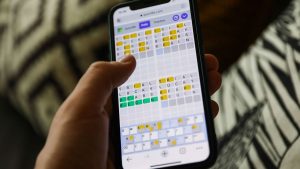

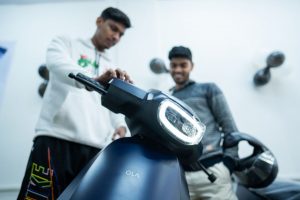
















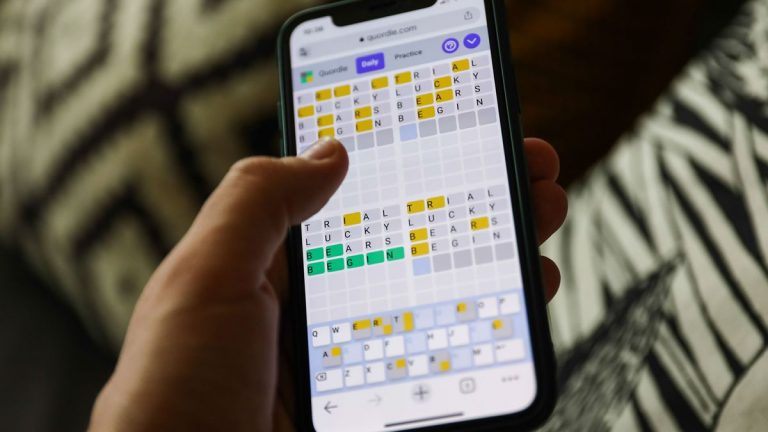

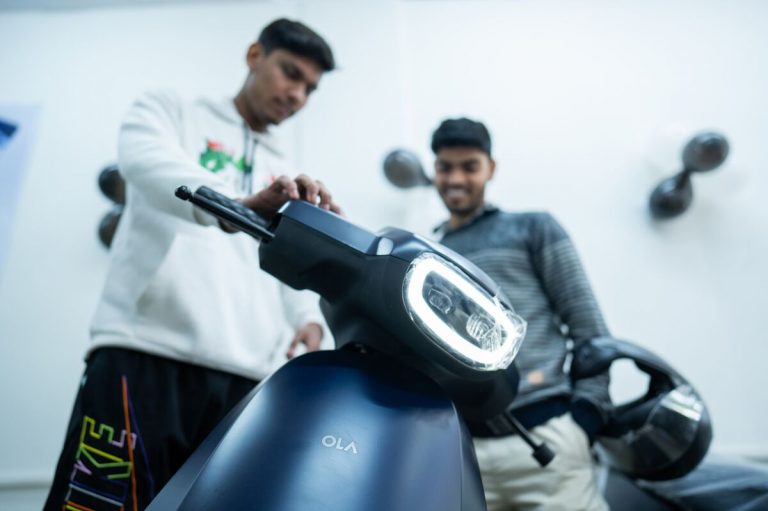



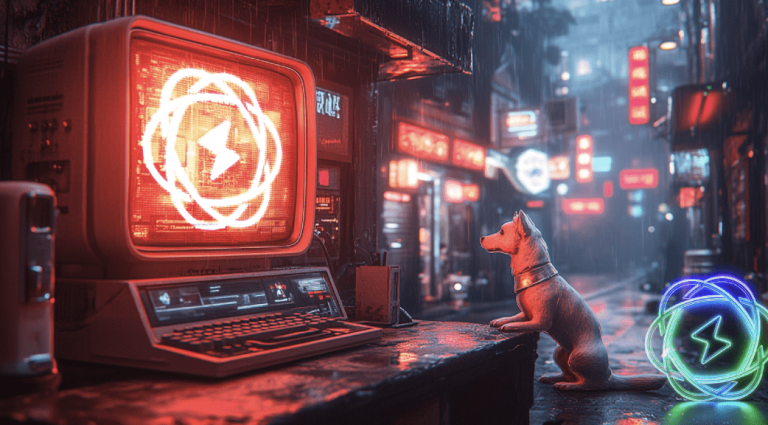


+ There are no comments
Add yours